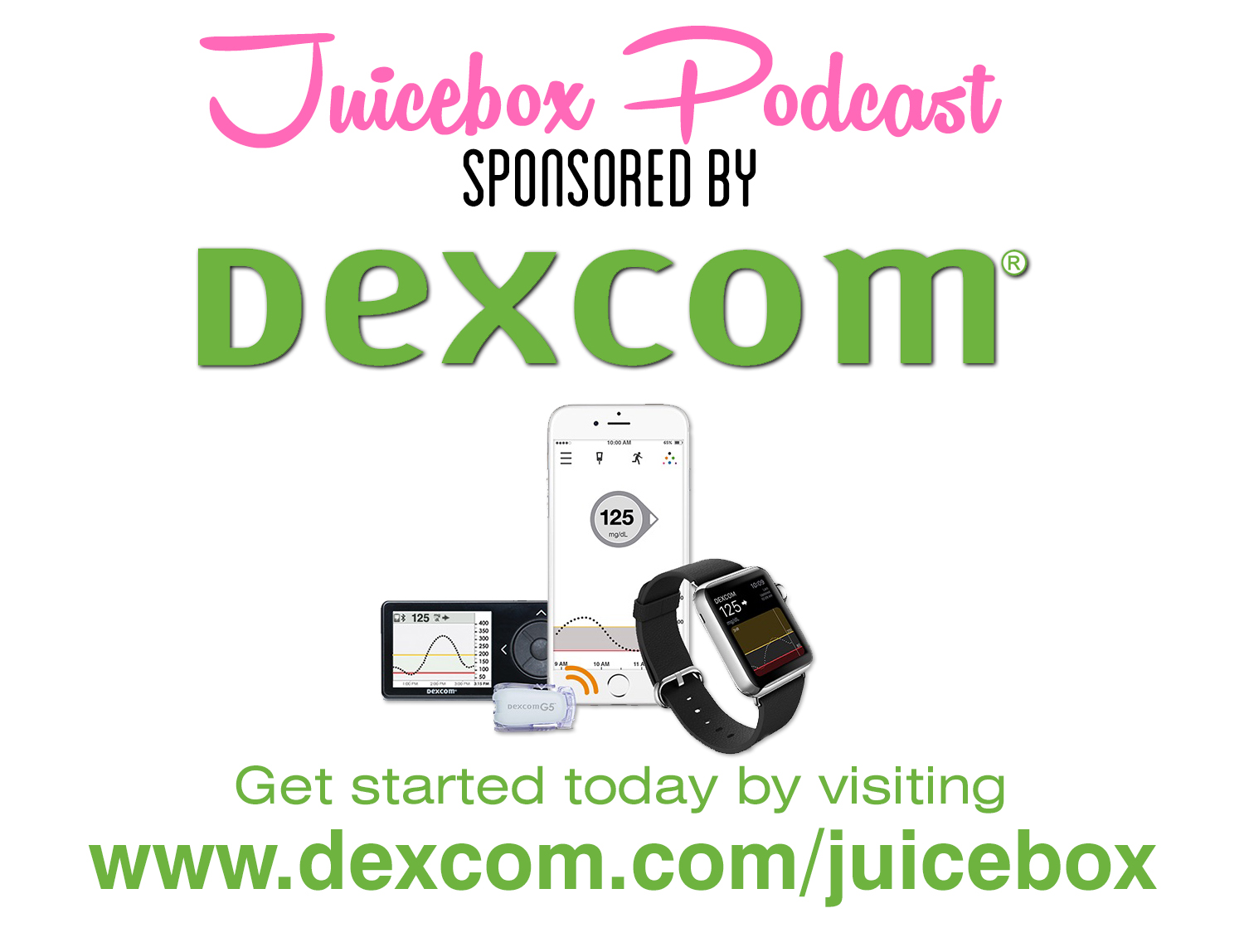UPDATED: Dexcom G6 Restart
Scott Benner
How to Extend the Dexcom G6 Sensor Beyond the Ten Day Hard Stop...
I’ve used this method multiple times using the code and once without the code, all with success. Original method is below.
Original post below. Updated method above this text.
Reposted with permission from Diabetes Daily's David Edelman.
Some clever technologists have discovered how to restart a Dexcom sensor to extend its life beyond ten days. The process works by exploiting a bug in the sensor pairing process.
Katie DiSimon walked us through the process. Katies is involved in the community of people who are building homemade automated insulin delivery systems using current insulin pumps and continuous glucose meters.
In phone’s Bluetooth list, “forget” the Dexcom transmitter from the list.
Go to G6 app and stop sensor session. Click yes to end it despite all the warnings.
Then choose to start a new session. Choose the “no code” sensor session.
Wait 2 hours and 5 min. If any pairing messages come up for the transmitter during the wait, say no.
After the wait, restart the phone and open G6 app. This will trigger the phone to try to re-pair with the transmitter. Accept the pairing request.
You may need to restart the phone one more time, but then you’ll be greeted with two calibration requests and a new sensor session.
The directions above are for how to restart the sensor without using the receiver. During the restart process’ 2-hour wait, you will not be receiving current glucose readings, similar to any new session start-up process.
If you have the G6 receiver, you have the opportunity to use the receiver for the restart and continue to still receive current glucose values throughout the 2-hour wait. Here are the instructions in the video below.
You must start and finish the restart process prior to your existing sensor session expiration. Katie recommended setting an alarm on your phone for day #9 of your G6 session, so you can avoid rushing at the last minute. If you do miss the window and your session expires before you restart it, and the ten-day hard stop happens, you can still restart the sensor. This would just mean that you have to first reset the transmitter.
Instructions for all the options can be found on this page.
The Caveat to the Hack
The Dexcom G6 has not been tested or approved by the FDA for restarting sensors. There is no guarantee of sensor accuracy. Extend the sensor life only at your own risk.
A previous version of this post was updated to remove incorrect information.
The text is from Diabetes Daily. The art is my doing. I have not tried this process with Arden's G6 and I'm currently not planning on trying. I am sharing the article with confidence as I have never know Diabetes Daily to share inferior content. Let me know if it works!

























